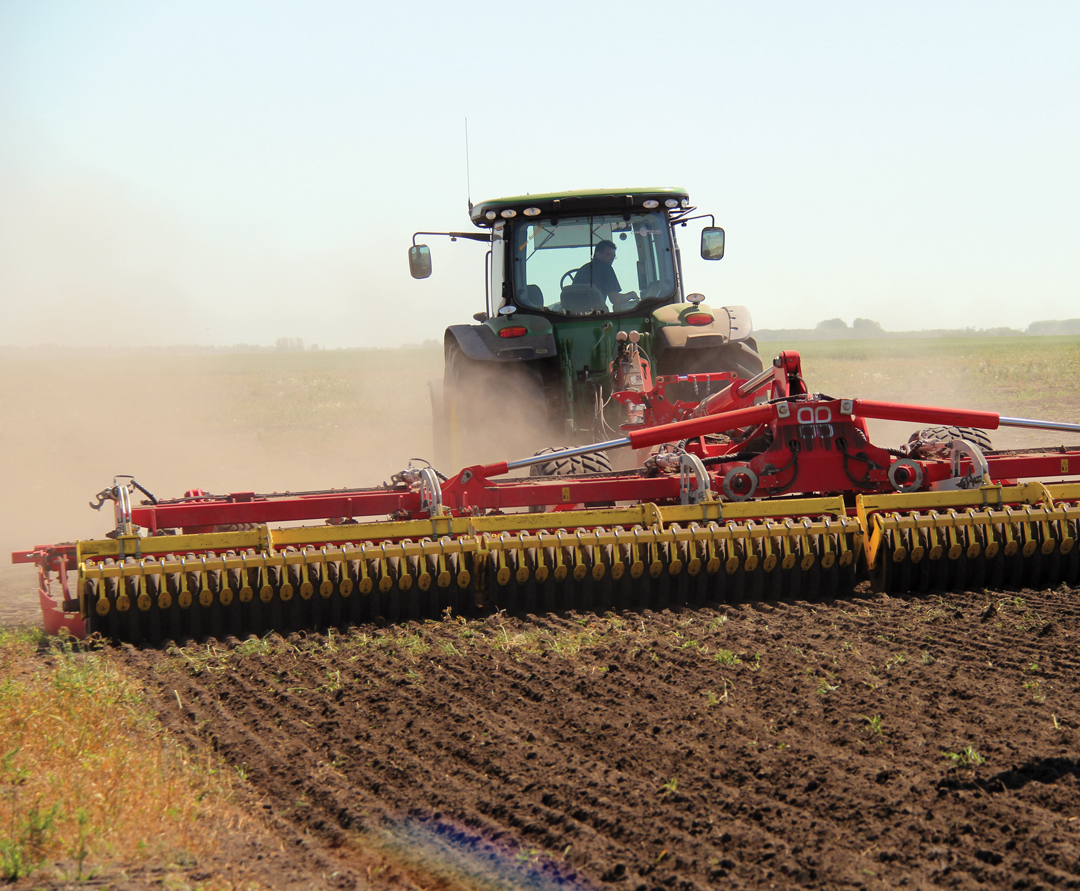MYSTERIOUS MOTIVATIONS
BY NEIL TOWNSEND
China is a top destination for Canadian barley, canola and wheat. Canada has typically had the largest market share for canola and been competitive in malting barley. Both of these crops have experienced the rollercoaster of Chinese trade policy. While market access for canola was restricted during the Huawei crisis, Canadian barley benefitted from China’s diplomatic spat with Australia. Generally unaffected by politics, Canada is China’s main source of high-quality wheat, primarily CWRS.
At more than 136 million tonnes annually, China is the world’s largest wheat producer. The Cadillac of wheat, China values CWRS for its light colour, protein content, gluten strength and consistency, which make it a desirable blending wheat with the country’s mostly lower-quality winter wheat. Canadian wheat is also favoured as a food security choice due to on-farm practices, storage techniques and its long shelf life. A certain portion of China’s strategic and market reserves are composed of CWRS.
China’s agricultural imports have shifted over time. Early this century, its wheat imports were highly variable. Between 2000 and 2010, China imported a low of 49,000 tonnes in the 2007/08 marketing year and a high of 6.75 million tonnes in 2004/05. The average was just 1.56 million tonnes per marketing year. The average jumped to 3.59 million tonnes between 2010 and 2020, which annually placed China around No. 10 for global wheat importers.
Its wheat imports really took off in 2020/21 with its purchase of 10.62 million tonnes. In 2021/22, China was the third-largest importer, and first the two subsequent years. This year, it’s projected to import 12.5 million tonnes. This raises a big question. Is China’s surge in wheat import demand an actual trend (meeting an obligation), opportunism or a temporary fix to a tighter balance sheet?
In 2019, China lost a World Trade Organization (WTO) case related to tariff rate quotas (TRQ). The U.S. launched the case because China was not coming close to importing the 9.64 million tonnes allocated for the TRQ. Since then, China’s behaviour may indicate it will now completely fill the TRQ.
Over recent production cycles, China’s winter wheat crop has faced excess precipitation at and just prior to harvest. It is suspected this has created quality issues, which may have spurred its increased imports. Overall, China has been relatively aggressive in buying feed grains including barley, corn and sorghum. There is speculation a significant proportion of its Australian wheat imports have been opportunistic buying of crop downgraded by that country’s own excess moisture the last two years.
Questions linger about China’s overall supply and demand. As its population shrinks and ages, there is no forecast for overall grain demand growth without aggressive implementation of ethanol mandates. Secondly, the country’s supply and demand balance for grain, including wheat, is opaque. Actual production and stocks may be significantly lower than reported. Wheat purchases in recent years may have been based on need due to supply shortfalls. Finally, China may actively build stocks when it perceives prices to be cheap and fears access may be cut off because of geopolitical circumstances; in a word, Taiwan.
Only time will tell. By the end of this decade, China may average more than 10 million tonnes of imports per marketing year. Alternatively, China may have rebuilt stocks while appeasing WTO obligations and will revert to a lower level of wheat imports over the final years of the decade. Either way, there will be implications for Canadian farmers.
Neil Townsend is chief market analyst with FarmLink Marketing Solutions.







Comments